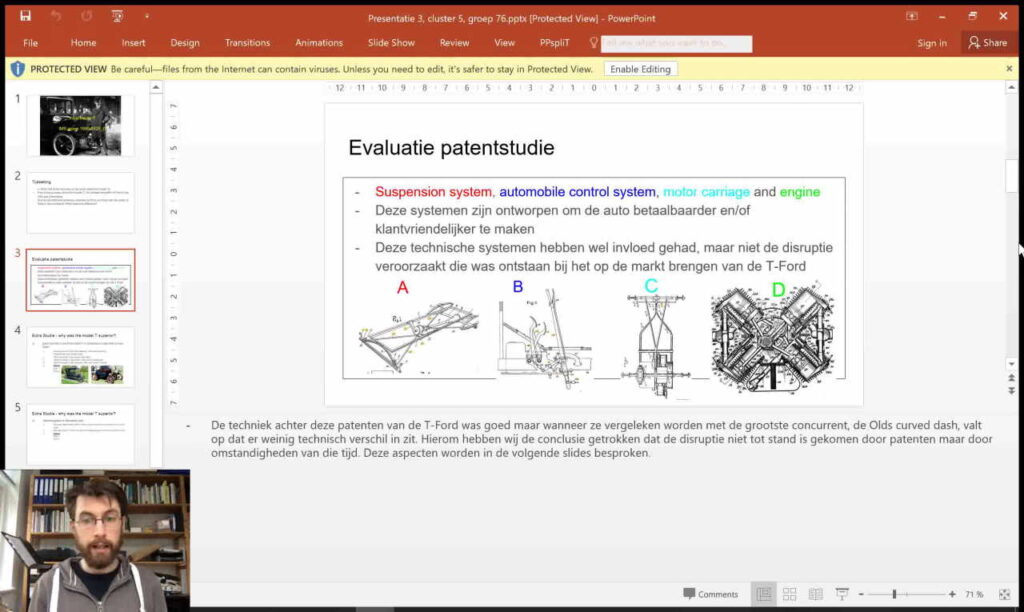Fiorella & Mayer (2016) conducted a series of experiments that show the effect of seeing diagrams being drawn vs. showing and/or pointing at already-drawn static diagrams in (short) video lectures. The paper appears to be a summary of a PhD project.
Seeing a diagram being drawn improves learning compared with instruction that uses a static, complete diagram, even if the instructor points at parts of it during their explanation. This is probably because the combination of drawing and talking naturally applies the multimedia learning principles of signalling, temporal contiguity, and segmenting.
Digital Khan-style videos where you see the lines appearing without the instructor’s hand were less effective than real life videos where you actually see the instructor that’s doing drawing. Seeing only the instructor’s hand seems to be slightly better than seeing their (upper) body.
From the conclusion:
Overall, this research suggests that observing the instructor draw diagrams promotes learning in part because it takes advantage of basic principles of multimedia learning, and that the presence of the instructor’s hand during drawing may provide an important social cue that motivates learners to make sense of the material.
In other words: making simple overhead draw-and-talk videos is a good idea.
—
Fiorella, L., & Mayer, R. E. (2016). Effects of observing the instructor draw diagrams on learning from multimedia messages. Journal of Educational Psychology, 108(4), 528.
